The theme of my exhibit is sculpture
across cultures. Humans create sculptures for many reasons, one being to
immortalize an important figure. This is shown through many Ancient Greek and Ancient
Roman sculptures. Not all Greek sculptures have survived, and many seen at the
Metropolitan Museum of Art are Roman reproductions. These sculptures were
crafted from marble with the finest attention to detail. Sculptures of gods
display perfect human form. African sculpture often depicts the opposite. Faces
with exaggerated facial features dominate this genre. The materials used in the
creation of these sculptures are more basic. For example, many African
sculptures are made of wood. Mexican sculptures possess the quality of intricate
carvings on the facial regions. The detail of these carvings make it seem as if
the sculpture was not of a human face, but that of a mask. The medium used with
many Mexican sculptures is limestone. Different regions produce different types
of sculptures. Cultural ideas and beliefs are embedded within these sculptures.
Many sculptures seen from Ancient Greek, Mexican, and African cultures depict
deities. This leads us to conclude that these deities must have had an
important part in everyday life, otherwise the sculptures would not have been
created in the first place. Different regions also produce different materials
for creating work. Greek and Roman sculptures are dominated by the materials of
bronze and marble. African sculptures, on the other hand, make use of wood and
ceramics. The difference between the sculptures does not relate to the
advancement of each culture. Rather, these materials represent what was
presently available at the time of creation. This exhibit takes you through
three different cultures. Each culture has a different take when it comes to
creating a sculpture. Look at these sculptures as a window into the past, and
see how different times were back then in relation to today.
Polykleitos, "Marble statue of Hermes," 1st or 2nd Century, Greek/Roman
Restoration: Vincenzo Pacetti, "Hope Dinoysos," 27 BC - 68 AD, Greek/Roman
Artist Unknown, "Marble statue of Aphrodite," 1st or 2nd Century AD, Greek/Roman
Artist Unknown, "Female Figure," 19th-20th Century, African
Artist Unknown, "Monumental Figure," 9th Century, Mexican

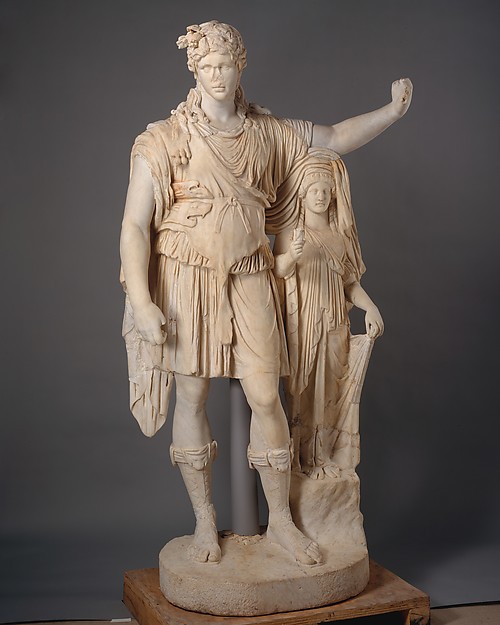
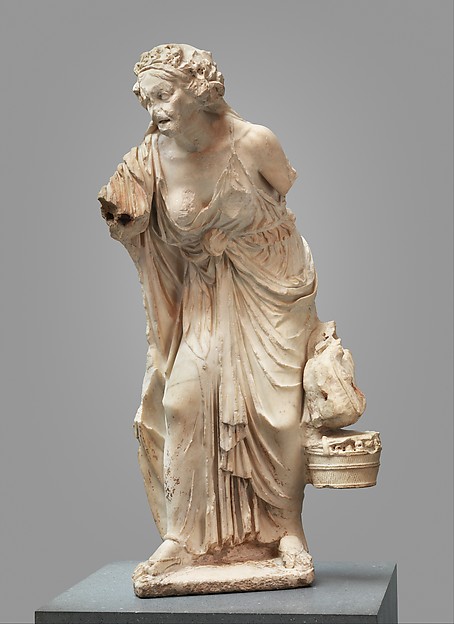


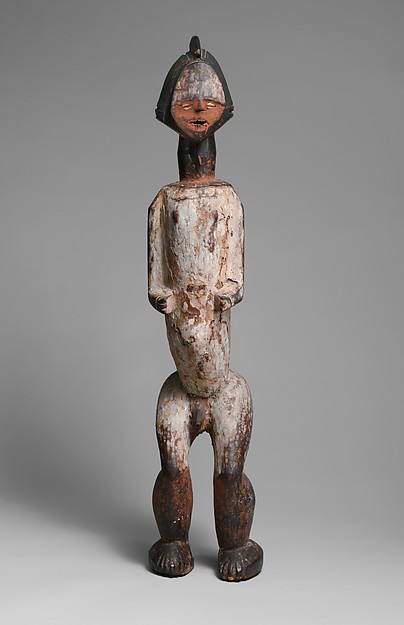

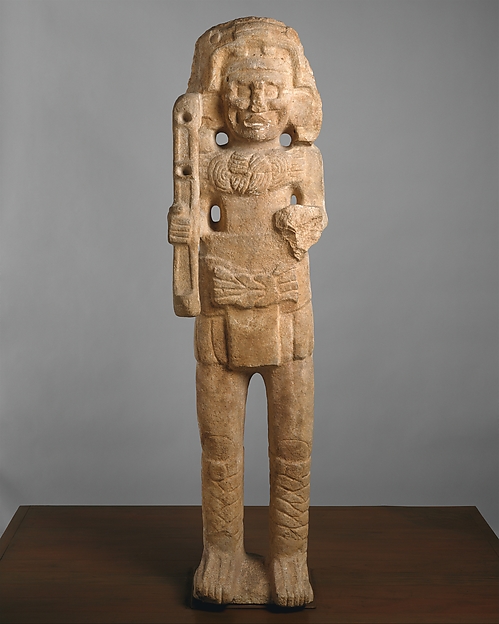
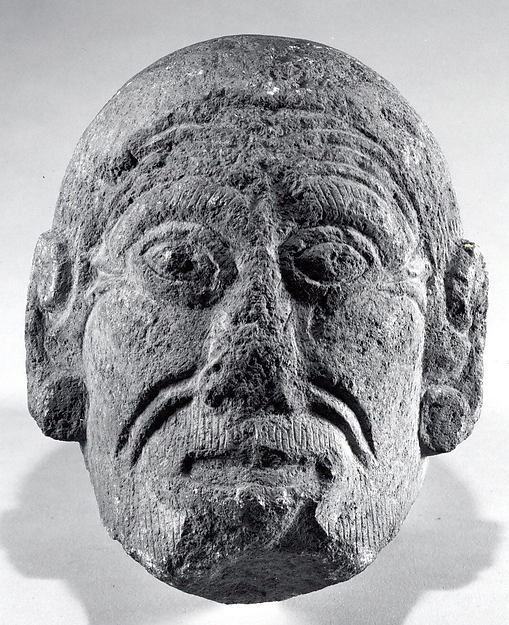
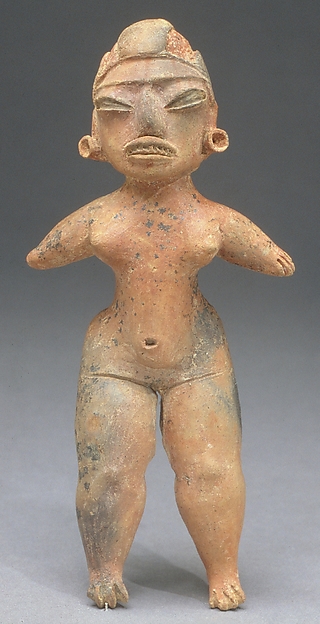
No comments:
Post a Comment